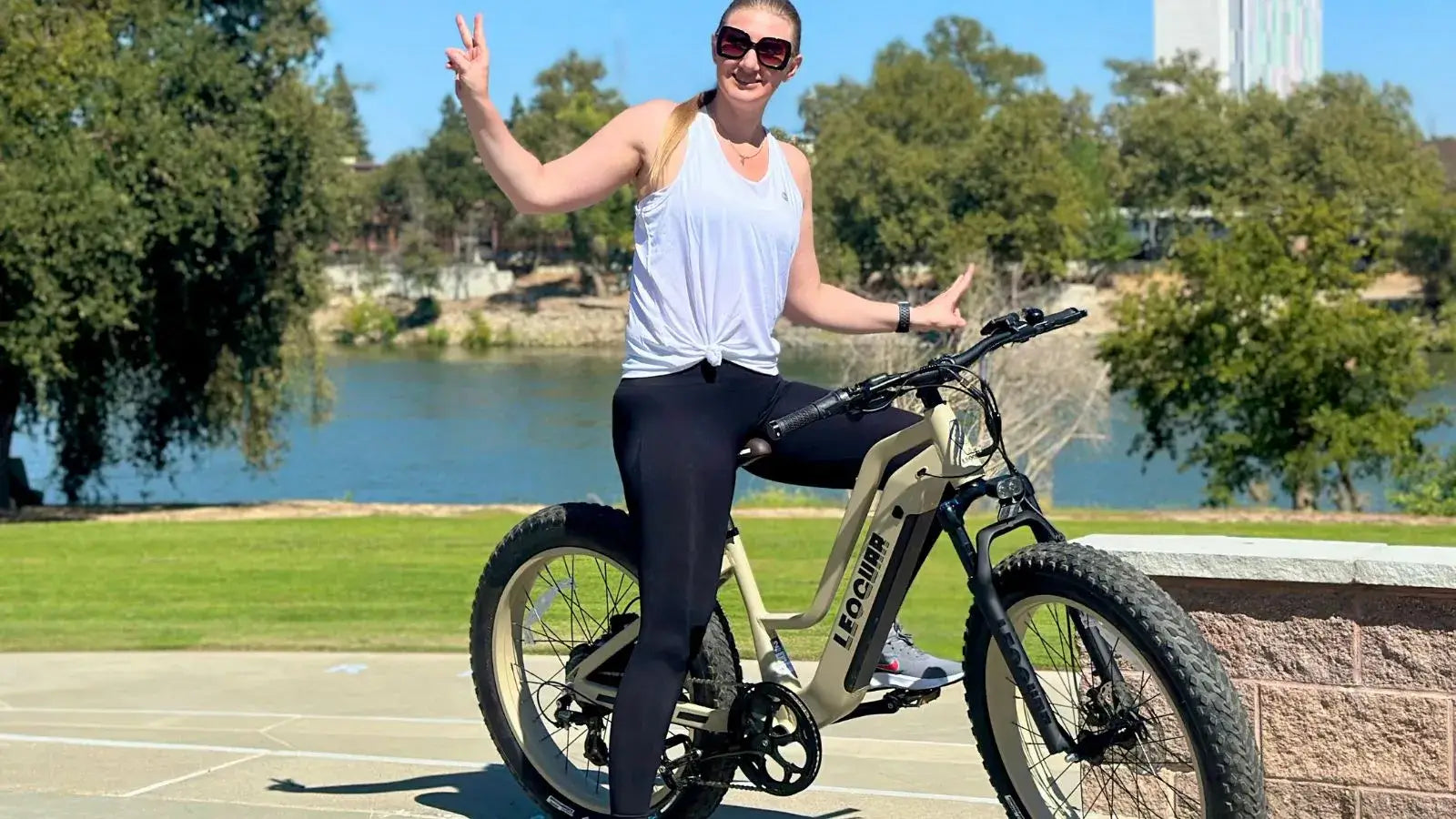
When the Fit Feels Wrong: Common Geometry Problems in Electric Bikes
If you're experiencing discomfort on your electric bike, it's likely due to geometry issues, such as improper saddle height and handlebar positioning. Addressing these problems can significantly enhance your comfort and riding experience. In this article, we'll explore the common geometry problems and how to adjust your bike for a better fit.

Why Geometry Matters
Geometry plays a crucial role in determining a rider's position and comfort on an electric bike. A poor fit can lead to discomfort, decreased performance, and even injury. For example, if the saddle is too high or the handlebars are too low, you may experience back pain or fatigue.
Proper bike geometry ensures that your weight is distributed evenly, allowing for efficient pedaling and a more enjoyable ride. Additionally, a well-configured geometry can prevent long-term wear and tear on the bike itself, as the components are not strained beyond their intended use.
Common Geometry Problems
Several common geometry problems can affect your riding experience. Let's explore some of the most frequent issues riders encounter with electric bikes. Addressing these problems can significantly improve your biking experience, making your rides more enjoyable and less taxing on your body.
Saddle Issues
The saddle is one of the most critical components of a bike's geometry. A poorly adjusted saddle can cause discomfort and even pain. Common saddle-related problems include:
-
Height Adjustments: A saddle that is too high or too low can lead to knee pain and inefficient pedaling. Ensure the saddle height allows a slight bend in the knee when the pedal is at its lowest point. This adjustment is crucial for maintaining a healthy pedaling motion and preventing joint strain.
-
Tilt and Position: The tilt of the saddle can affect your comfort. A saddle that is angled too far forward or backward can cause unnecessary pressure. Aim for a level saddle to maintain a neutral spine position. This alignment also helps in distributing your body weight evenly, reducing pressure on sensitive areas.

Handlebar Issues
Handlebars are another crucial component that can affect your riding position. Common handlebar problems include:
-
Height and Reach: Handlebars that are too high or too low can cause shoulder and neck strain. Adjust the height and reach to ensure your elbows have a slight bend and your shoulders are relaxed. This adjustment is essential for maintaining a comfortable upper body posture and preventing fatigue on longer rides.
-
Width: The width of the handlebars should match your shoulder width. Too wide or too narrow handlebars can lead to discomfort and affect steering control. Proper width alignment ensures better maneuverability and enhances control, especially when navigating through tight spaces or during quick turns.
Adjusting for Different Rider Heights
Rider height is a critical factor in electric bike geometry. A bike that fits one rider perfectly may not fit another. Here's how to accommodate different rider heights. By understanding the importance of frame size and adjustable components, you can tailor your bike to fit your unique physique.
Frame Size
| Rider's Height | Suggested Frame Size | Possible Issues if Incorrect |
| 5'0" - 5'4" | Small (13"-15") | Difficulty reaching pedals, uncomfortable stretch |
| 5'5" - 5'9" | Medium (15"-17") | Excessive back and shoulder strain |
| 5'10" - 6'1" | Large (17"-19") | Poor posture, wrist discomfort |
| 6'2"+ | Extra Large (19"+) | Knee strain, limited efficiency |
Saddle and Handlebar Adjustments
Once you have the right frame size, fine-tune the saddle and handlebars to fit your body. Taller riders may need to raise the saddle and handlebars, while shorter riders may need to lower them. Adjustments should be made incrementally and tested during a ride to ensure comfort. It's important to revisit these adjustments periodically, as your comfort needs may change over time or with different riding conditions.

Improving Riding Position
A proper riding position can significantly enhance your comfortable electric bike experience. Here's how to achieve an optimal position. By focusing on key areas such as weight distribution and spinal alignment, you can enjoy longer rides with less discomfort.
Balanced Weight Distribution
Ensure your weight is evenly distributed between the saddle and handlebars. This balance will help prevent fatigue and improve handling. An even weight distribution also allows for better traction and stability, especially in wet or uneven conditions.
Neutral Spine Alignment
Maintain a neutral spine position while riding. Your back should be straight, and your core engaged. This alignment reduces strain on your back and shoulders. Engaging your core not only supports your spine but also enhances your overall balance and control of the bike.
Foot Positioning
Position your feet so that the balls are centered over the pedals. This alignment allows for efficient power transfer and reduces the risk of injury. Proper foot positioning also helps in maintaining a smooth and consistent pedaling cadence, maximizing energy efficiency.
FAQs
A good rule of thumb is to set the saddle height so there is a slight bend in your knee when the pedal is at its lowest point.
Proper weight distribution between the saddle and handlebars helps maintain balance and control, reducing fatigue during rides.




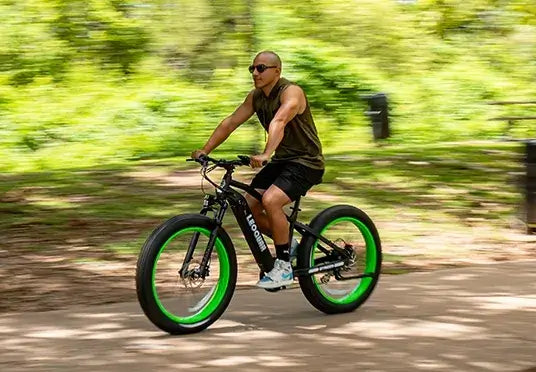
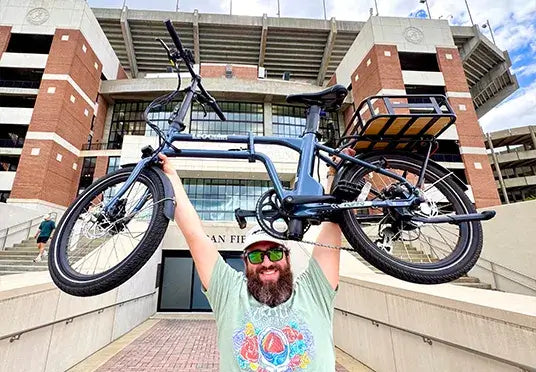
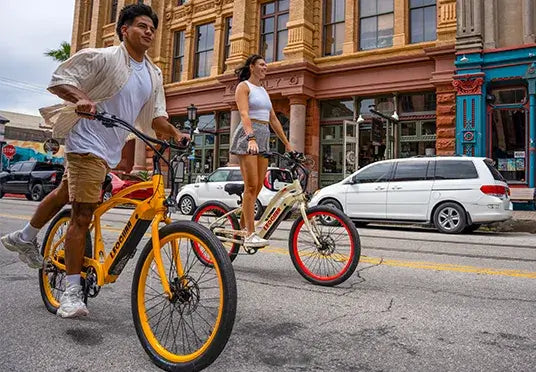
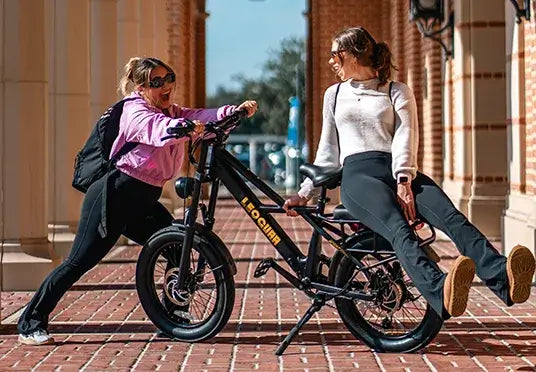
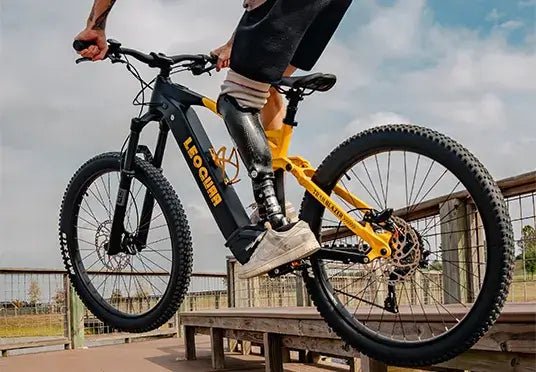

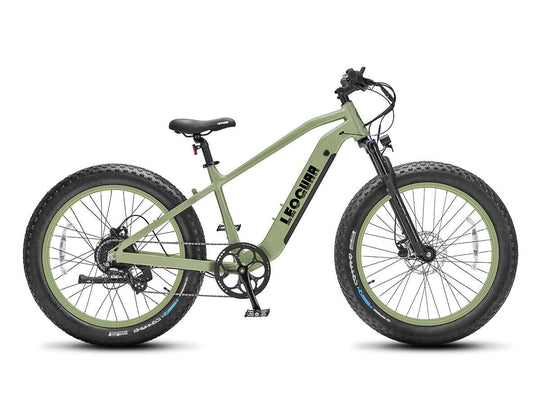
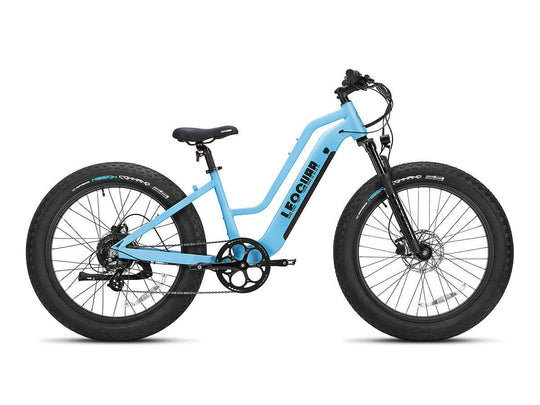
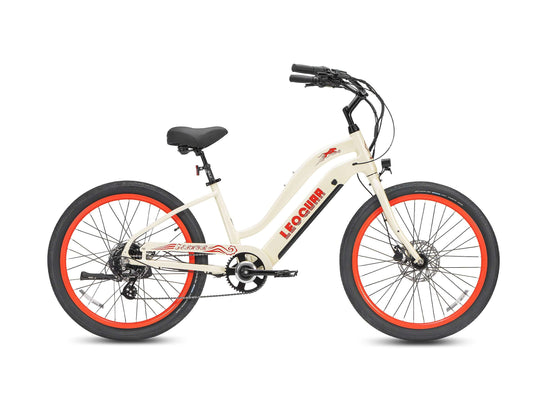
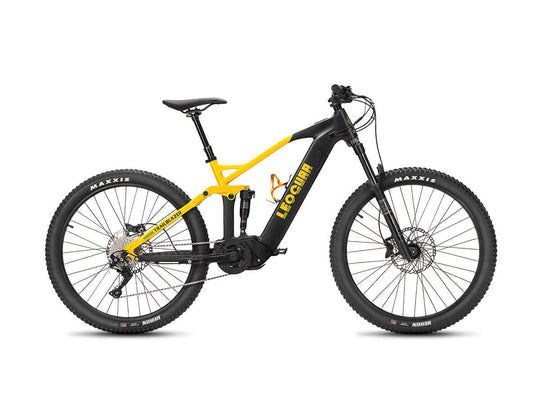

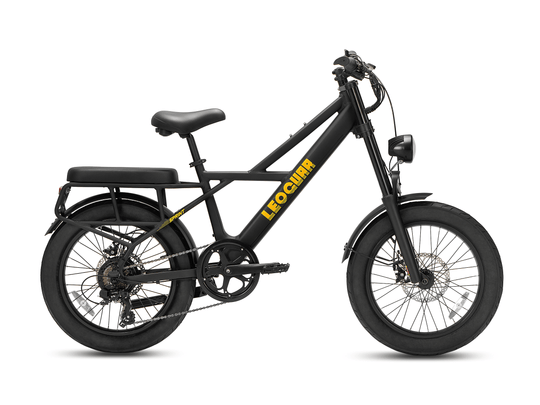
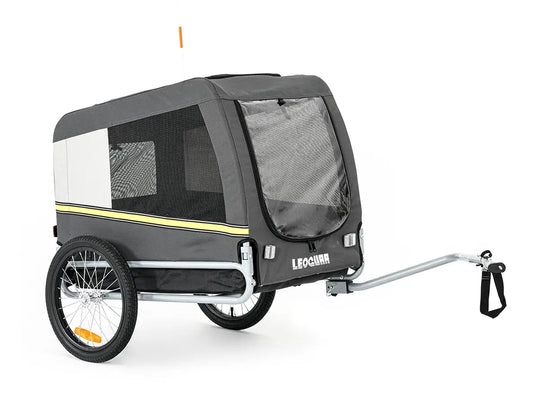
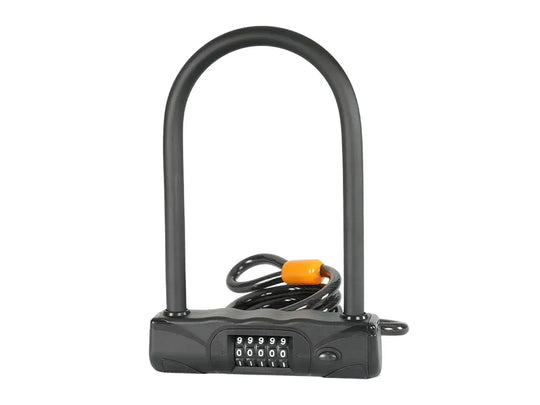

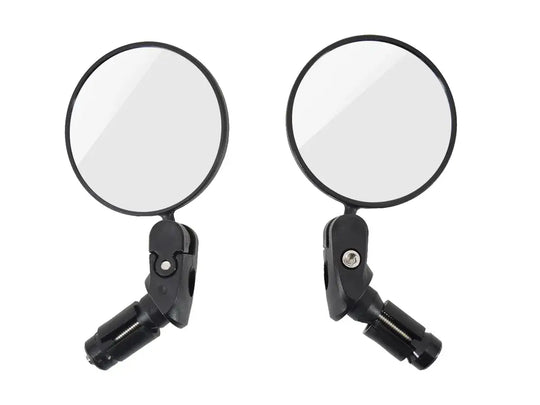
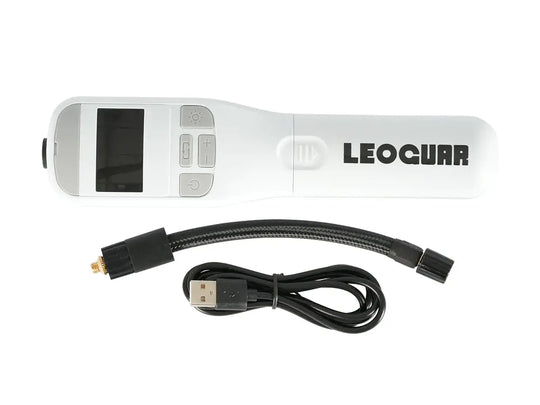
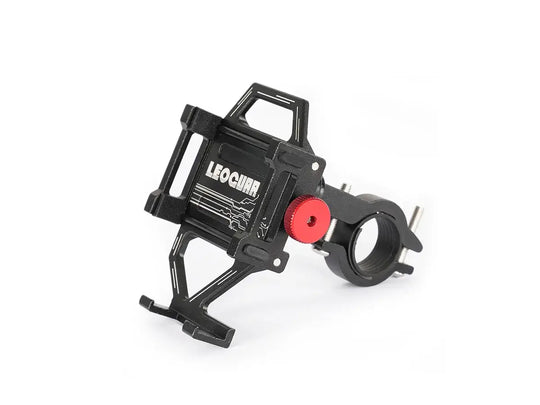
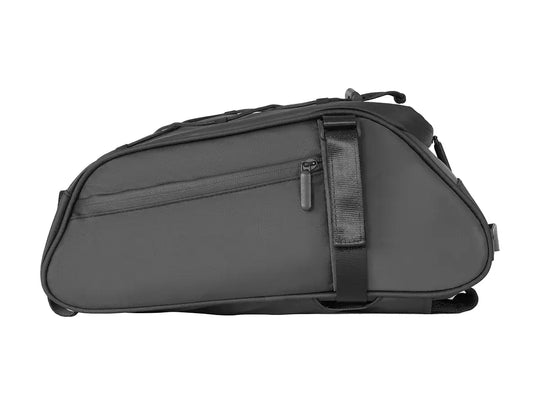
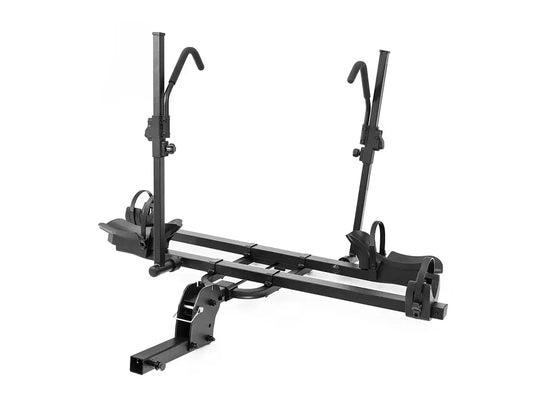
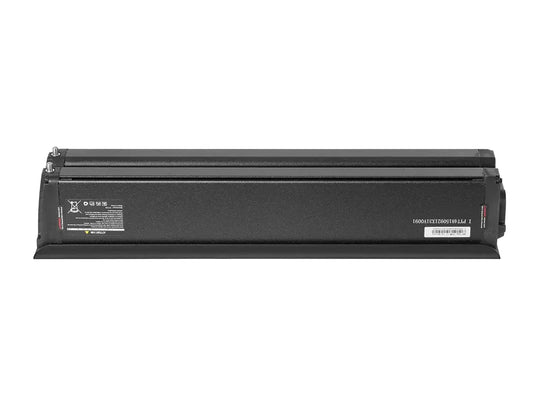

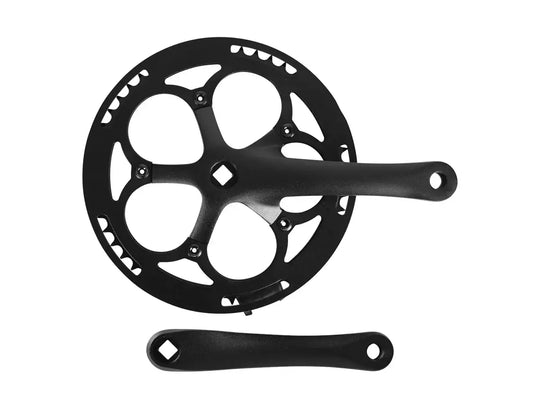
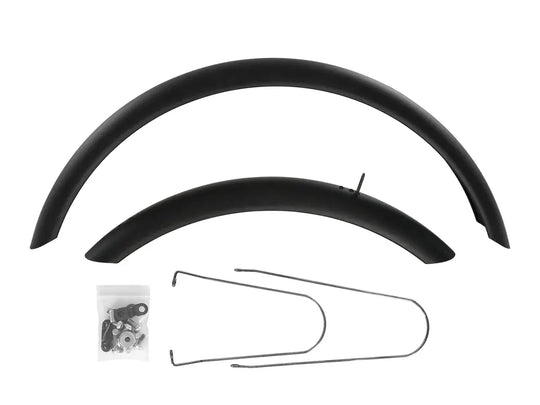
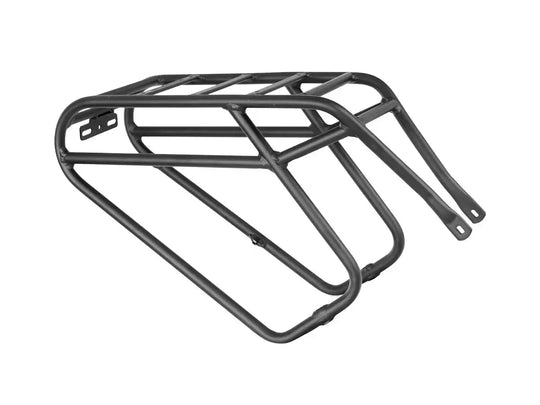
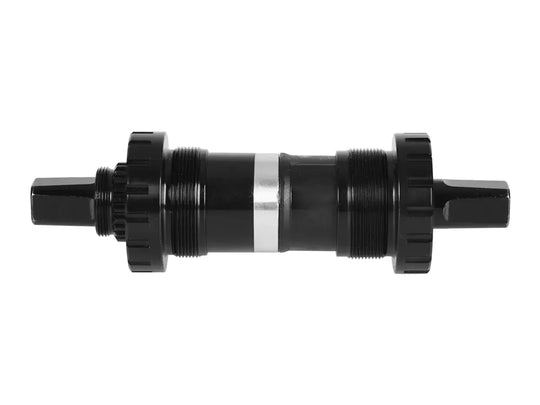
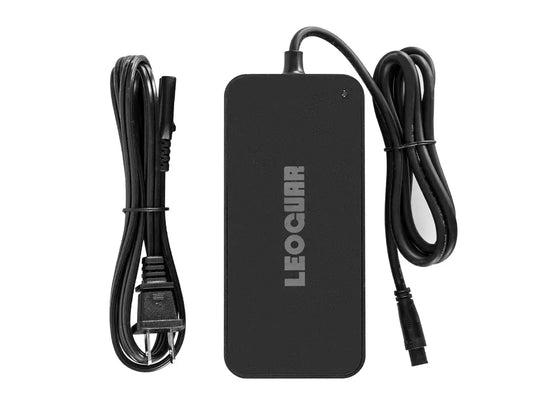
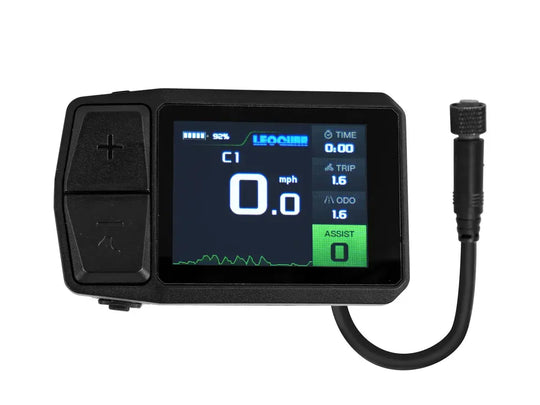
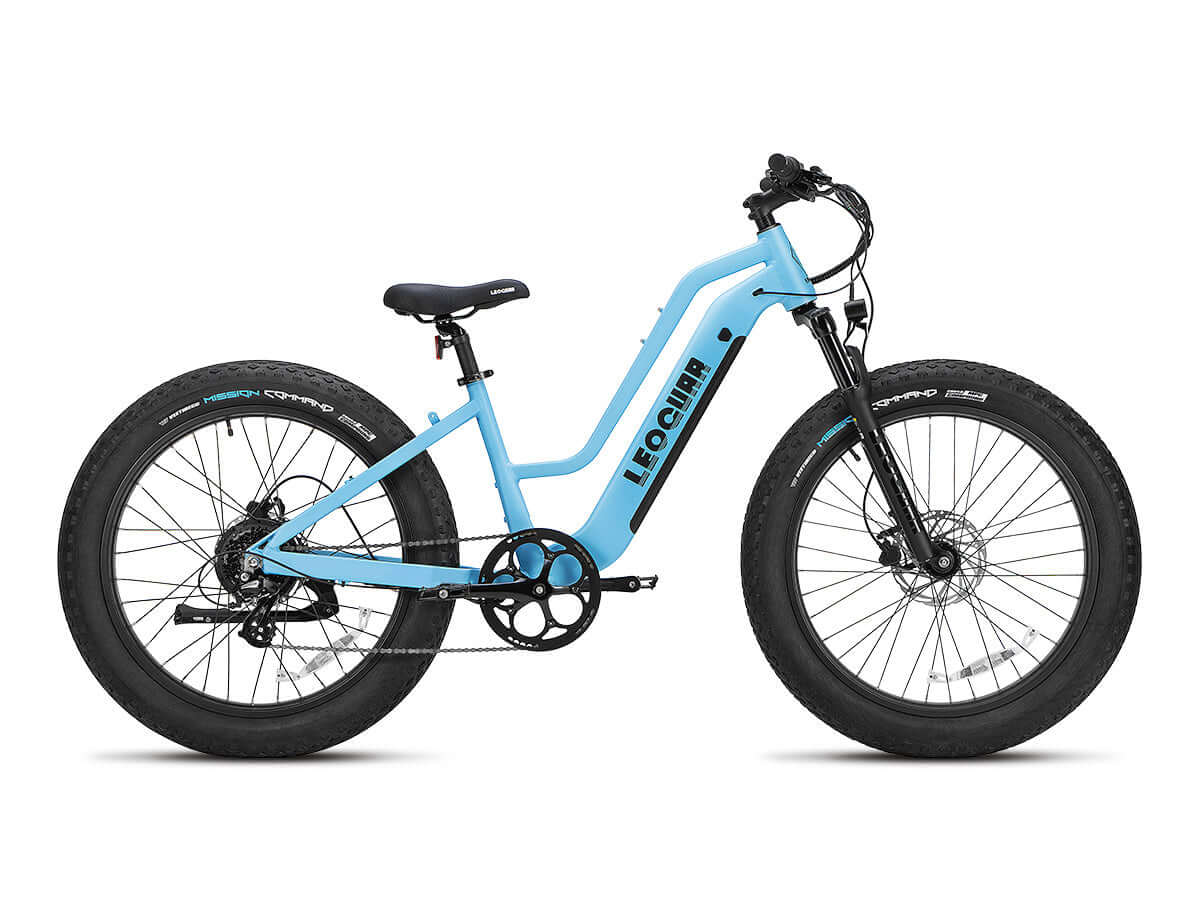







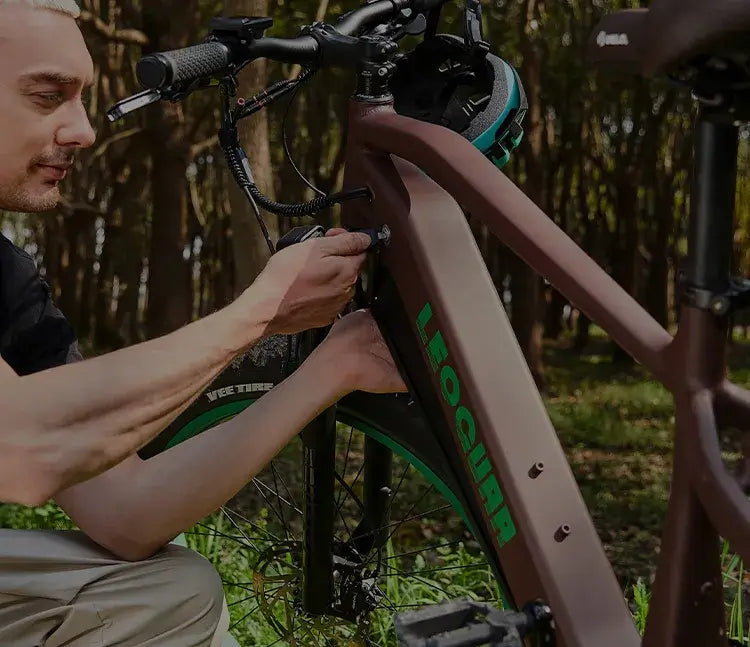
Leave a comment